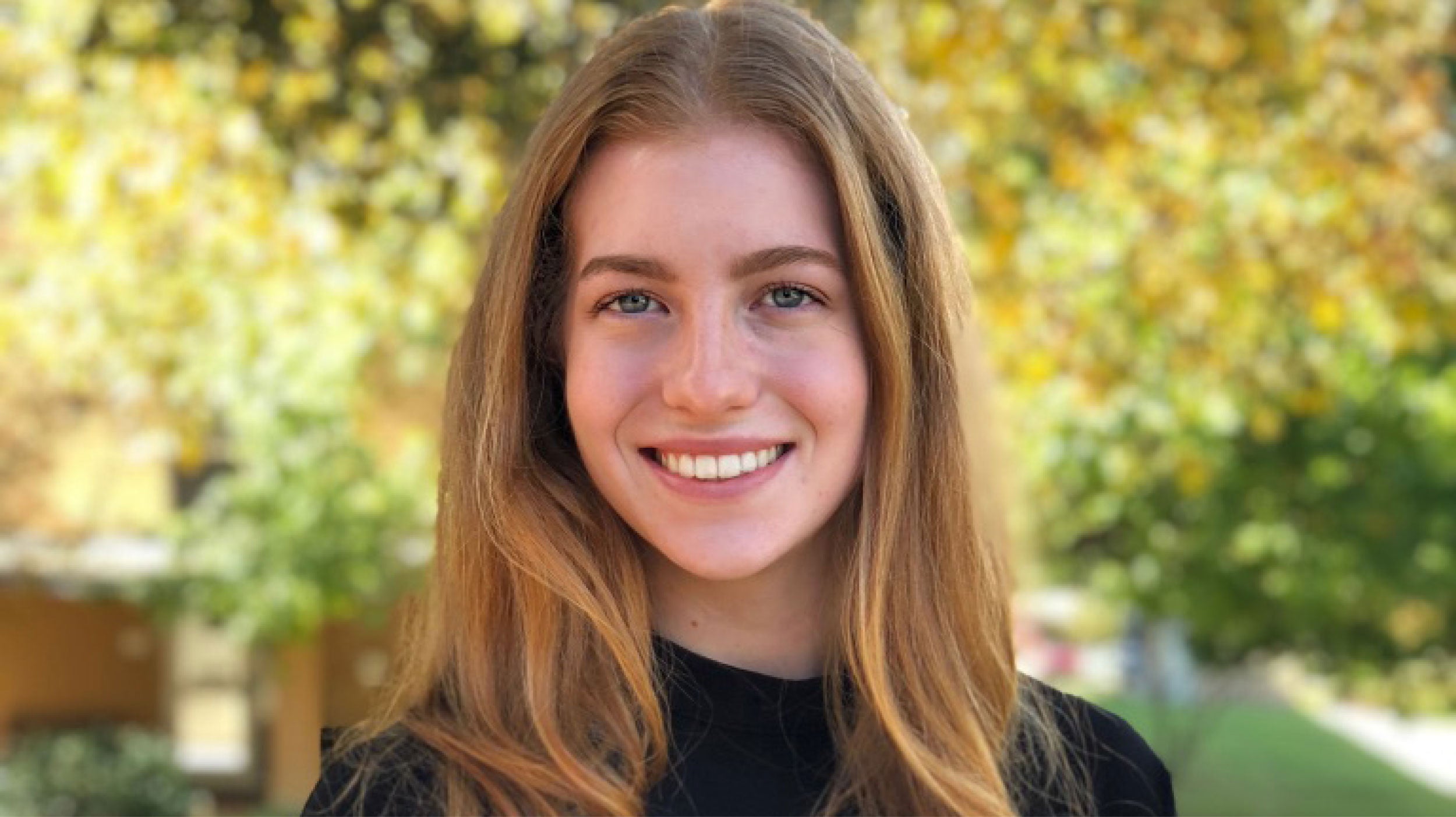Congratulations to physics graduate student Sophia Andaloro — the first Rice University student to win a prestigious Department of Energy National Nuclear Security Administration Stewardship Science Graduate Fellowship (NNSA SSGF)!
The NNSA is a federal agency tasked with national security through nuclear science, including finding ways to ensure the nuclear weapon stockpile still works, without having to do direct weapons testing. The SSGF program seeks to bring financial and professional development opportunities to highly-trained scientists and engineers in areas of study related to nuclear science.
“At a minimum, the first thing we have all learned is lots of acronyms,” joked Andaloro’s adviser, Christopher Tunnell.
Andaloro is no stranger to the fellowship application process, having received an NSF honorable mention, and this year ultimately winning the NSF GRFP. However, the ultra-competitive nature of the SSGF fellowship and limited cohort size translated to a lack of materials to go off of when applying.
“It was mysterious,” said Andaloro, who is just one of five students awarded the fellowship this year. “It was a lot of investigative work on my part; there were no sample proposals. When the administrator called me to let me know I’d won, I was expecting that they’d have follow-up questions. I am really happy. It’s a good fit for me.”
Andaloro’s work focuses on measuring tiny energy depositions using nuclear physics detectors and machine learning. Her ultimate goal is to use such technology to detect dark matter - something that has yet to be achieved.
“Trying to detect dark matter, to detect something that hasn’t been detected yet - it’s one of the rarest things we can search for,” she explained. “If we can perfect our process and be well-tuned to do that, we can apply the same practices to things like nuclear security.”
Andaloro said the machine learning she’s doing is even more broadly applicable; other industries commonly look to tools built by particle physicists to make sense of their own data.
Because of the wide range of applications of her work and her love of research, the most attractive part of the DOE NNSA program for Andoloro was the 12-week research practicum at one of the DoE’s national defense laboratories, and an option to participate in a second practicum at a different lab.
“My life is research and so getting the chance to work in a national lab is why I chose this fellowship,” she said. “However, I’m still really interested in working in industry. A lot of different fields are hiring particle physicists because of their experience of applying machine learning to data where there are more unknowns than is desirable. It’s a different way of looking at machine learning and data science.”
Tunnell also noted the wide range of applications and discoveries that come from particle physics, and how the NNSA will benefit from Andaloro’s research.
“Historically, spin-off technologies from our field have included everything from radiation cancer therapy, medical imaging, the internet, and "Big Data" data science before "Big Data" was a thing,” he said. “In the times of the coronavirus, it becomes ever more clear how important collaborations are between academia and government. We do science because we are curious, but we get funded to do science because of the clever technologies we make to perform the measurements that we want to do.”
“I look forward to seeing what fun useful things Sophia and NNSA will produce such that we have a safer future,” he said.

